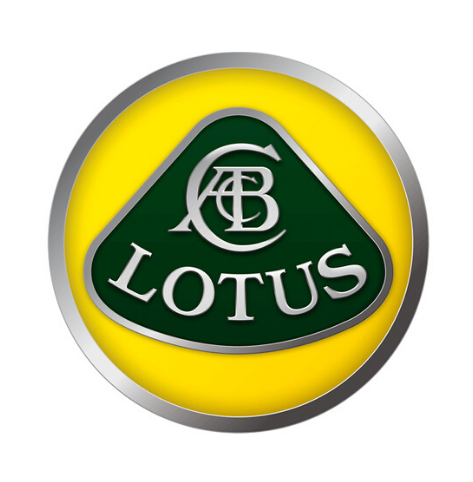1962 Lotus Tipo 22

The descriptions of the Classic Cars in the Directory were partly generated or supplemented with the help of artificial intelligence (AI). The content may occasionally not always be entirely accurate or factually correct despite careful checking.
The Lotus Tipo 22, also known as the Lotus 22 or Lotus Formula Junior, is a single-seat race car produced by Lotus Engineering from 1962 to 1965. The Tipo 22 was created to compete in the Formula Junior racing category, which was highly popular during the 1960s. The Lotus 22 proved to be a successful model and won numerous victories in both national and international competitions.
The Lotus Tipo 22 features a tubular steel spaceframe chassis, which is lightweight and strong. The suspension consists of double wishbones at the front and a lower wishbone with an upper reversed wishbone at the rear, with coil springs and dampers all around. The front suspension has a Triumph-based upright assembly while the rear suspension uses the standard Lotus transverse leaf spring design.
The Tipo 22 has a sleek and aerodynamic body constructed from fiberglass, which contributes to its overall lightweight design. The car measures 3.96 meters in length, 1.70 meters in width, and 0.96 meters in height, with a wheelbase of 2.18 meters.
Powering the Lotus 22 is a variety of engines that includes the Ford/English 109E which could achieve up to 86 horsepower, and the Cosworth Mk II L3 which developed up to 97 horsepower. These engines are coupled to a Hewland Mk 4 or Mk5 5-speed gearbox with integral differential.
The brakes are powered by hydraulic discs with Girling calipers, and the steering uses a rack-and-pinion system which provides precise and responsive handling. The Lotus Tipo 22 is equipped with 13-inch wheels and Dunlop Racing tires which provide excellent grip and handling on the track.
The interior of the Lotus 22 is spartan and focused on performance. The driver sits in a single-seat cockpit which is equipped with a small steering wheel, a rev counter, and a few basic gauges. The pedals are adjustable for different driver sizes, and the driver sits in a bucket seat secured with a four-point harness.
In conclusion, the Lotus Tipo 22 is a lightweight and agile racing machine that was designed to dominate the Formula Junior racing category. With its tubular steel spaceframe chassis, aerodynamic fiberglass body, and powerful engines, the Lotus 22 is capable of reaching high speeds and delivering an exhilarating driving experience. The car's sheer technical prowess and elegant beauty continue to make it a favorite among collectors and racing enthusiasts alike.
Milestones
- The Lotus Tipo 22 was introduced in 1962 as a racing car designed for Formula Junior, a popular open-wheel racing category at the time. - The car featured a lightweight monocoque chassis and a mid-mounted engine, either a Ford or a Lotus twin-cam unit, depending on the customer's preference. - The Tipo 22 was successful in racing, winning several Formula Junior events and championships, including the British and European titles in 1962. - The car was also adapted for other racing categories, such as Formula 3 and sports car racing, where it achieved some success as well. - One of the most notable features of the Tipo 22 was its aerodynamic design, which incorporated a low nose, a sleek body, and a distinctive fin behind the cockpit, to enhance stability and downforce. - The Tipo 22 was produced in limited numbers, with only 24 units built in total, making it a rare and sought-after collector's item today. - Several notable drivers raced the Tipo 22, including Jim Clark, who won the European Formula Junior championship in 1962 with a Lotus-powered version of the car. - The Tipo 22 paved the way for other successful Lotus racing cars of the 1960s, such as the Type 25 and the Type 49, which dominated Formula 1 during that decade.Technical
- Engine: 1,475 cc DOHC inline-four - Power output: 118 horsepower at 6,500 rpm - Transmission: 4-speed manual - Suspension: Independent double wishbone front and rear - Brakes: Disc brakes on all four wheels - Weight: 550 kg - Top speed: 193 km/h (120 mph) - 0-100 km/h (0-62 mph) acceleration: 7.9 seconds - Wheelbase: 2,160 mm - Length: 3,862 mm - Width: 1,524 mm - Height: 1,016 mm - Production run: 1962-1965 - Number produced: 21 - Race victories: 1 (Nürburgring 1000 km, 1962)